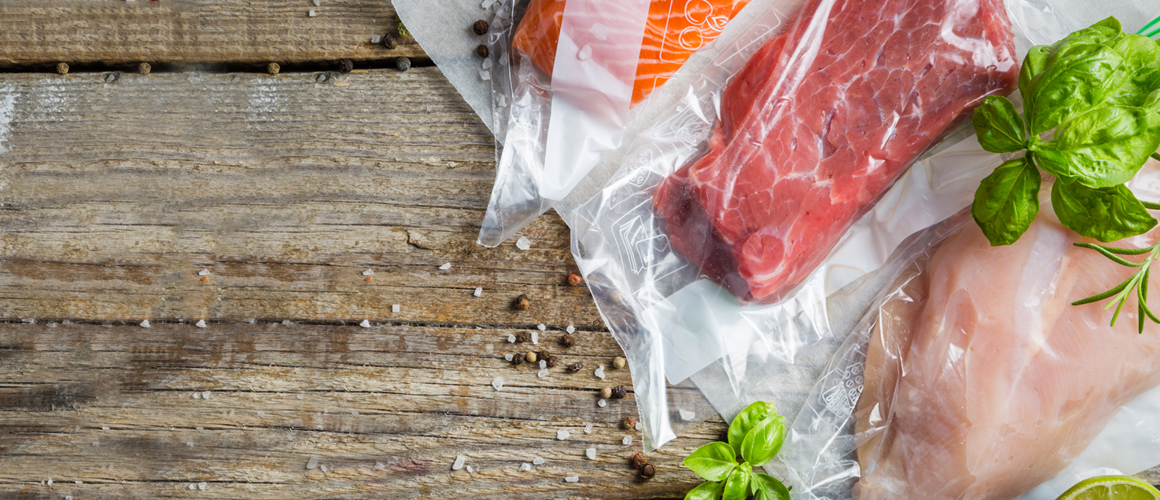“Sous vide” is French for “under vacuum” and refers to the process of vacuum-sealing food and cooking it in a temperature controlled water bath. However, that’s a bit of a misnomer. You don’t need to vacuum seal your food to cook sous vide. Instead, this technique is really about bringing food to a very precise temperature and holding it there for a period of time, which is why the technique is referred to as “precision cooking”.
Chefs around the world use sous vide cooking to prepare food while also retaining its nutrients, but the technique isn’t just limited to high end restaurants. In recent years, affordable countertop sous vide equipment has made sous vide cooking available for home as well as commercial use.
What we think of as sous vide cooking was independently developed in the mid-1970s by two French chefs, Georges Praulus and Bruno Goussault. As the story goes, Praulus came up with sous vide cooking while he was working with another chef, Pierre Troisgros, to develop a new method for cooking foie gras. Praulus came up with the idea of tightly wrapping the liver in plastic to retain its structure and moisture before cooking it in a water bath. The technique was so successful that Praulus began applying the technique to other proteins.
Around the same time, Goussault was working on applying sous vide cooking on an industrial scale. He discovered that cooking vacuum-sealed beef in a low temperature-controlled water bath greatly extended its shelf life. Since then, he has continued to develop scientifically-minded sous vide techniques, applying them in many different industries — from high speed trains to top tier restaurants. Goussault, in fact, helped train cooks in sous vide cooking at restaurants like Thomas Keller’s French Laundry and Per Se in the early 2000s.

